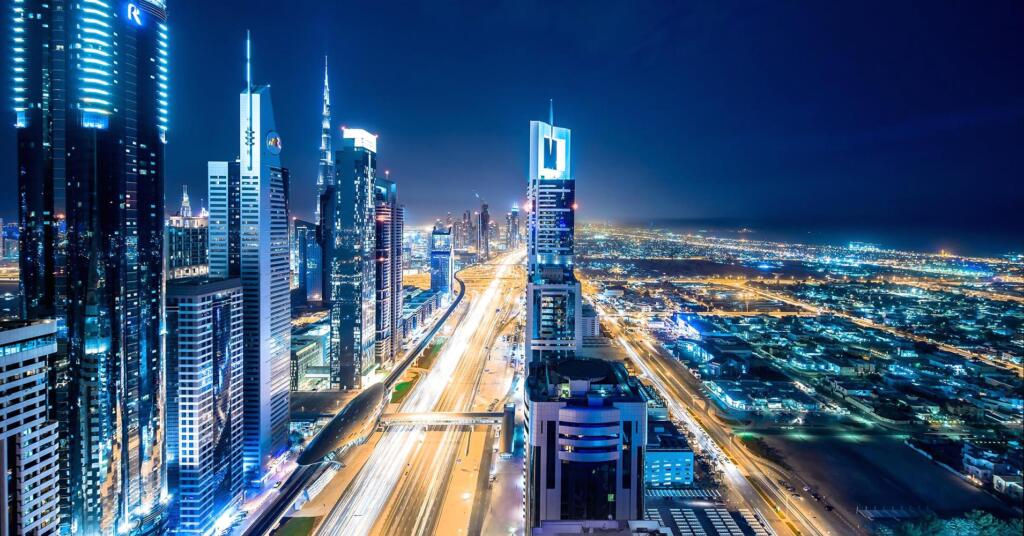The Smart Cities Mission (SCM) has been extended until March 31, 2025, following an appeal by Telangana’s Chief Minister, A Revanth Reddy. This extension allows additional time to complete ongoing projects and meet the mission’s objectives.
Understanding the Smart Cities Mission
Launched in 2015, the SCM aims to develop urban areas that offer essential infrastructure and a high quality of life through smart solutions and sustainable practices. The mission is built on six key principles:
1. Smart Government
2. Smart Economy
3. Smart Environment
4. Smart Living
5. Smart Mobility
6. Smart People
Objectives of the Smart Cities Mission
The primary goal of the Smart Cities Mission is to enhance urban living by focusing on sustainability, infrastructure, and innovative solutions. It seeks to create replicable models of compact and inclusive urban development, serving as examples for other cities. By setting these standards, the mission aims to catalyze the growth of smart cities across India.
City-wise Progress Report as of December 2023
– Madurai: Achieved 100% project completion.
– 56 Cities: Completed over 80% of their projects.
– 14 Cities Lagging: Below 50% completion, mainly in the northeast, Union Territories, and hilly regions, including Gangtok, Atal Nagar, Shillong, Silvassa, Itanagar, Puducherry, Saharanpur, and Port Blair, with progress between 16% to 39%.
Achievements of the Smart Cities Mission
– Digital Transformation: Implemented smart technologies for efficient governance and service delivery, such as Integrated Command and Control Centres (ICCCs) in all 100 smart cities.
– Sustainable Development Goals (SDGs): Over 70% of projects align with UN SDGs, particularly SDG 11, which promotes inclusive, safe, resilient, and sustainable cities.
– Infrastructure Development: Enhanced urban mobility through metro lines, Bus Rapid Transit Systems (BRTS), and pedestrian-friendly pathways.
Smart Cities Mission Success Stories
– Ahmedabad: Implemented sensor-based water network monitoring, increasing supply by 50 million liters per day (MLD).
– Indore: Developed a gravity-based network to prevent 205 MLD of untreated sewage from entering water bodies.
– Visakhapatnam: Established the Mudasarlova Reservoir Floating Solar Plant, generating 3,613 megawatt-hours (MWh) annually and preventing over 3,000 tonnes of CO2 emissions.
Challenges Faced by the Smart Cities Mission
Despite its successes, the SCM faces several challenges:
– Missed Deadlines: Only about 66% of projects have been completed, leading to protests and criticism in cities like Warangal and Ludhiana.
– Project Management Issues: Frequent changes and dropping of projects, insufficient financial progress, and uneven physical progress among cities.
– Lack of Monitoring: Insufficient integrated monitoring mechanisms and cross-city learning. Additionally, there is a lack of focus on core infrastructure projects, such as social infrastructure and smart energy.
– Governance and Capacity Issues: Frequent transfer of Smart City CEOs, undefined governance structures, and limited monitoring capacity.
– Funding Challenges: Several regions, including Lakshadweep, Daman and Diu, Puducherry, and Port Blair, received less than 50% of pledged central funds. Only 28 cities received their full share from states or urban local bodies (ULBs), and funding release was below 60% in 14 cities.
– Fund Utilization: Although 90% of the funds have been utilized, only 66% of projects have been completed. Furthermore, only 6% of projects are funded through Public-Private Partnerships (PPPs), with about 50 cities unable to generate any funding through this avenue.
– Ineffective Advisory Meetings: State-level advisory forum meetings are irregular, with some cities, such as Amravati and Imphal, holding no meetings.
– Absence of Master Plans: According to a NITI Aayog report, 65% of recognized urban entities lack master plans crucial for urban development.
– Low Capacity of Local Bodies: Local bodies often lack adequate strength and skills to implement the scheme.
– Scarcity of Land: Limited availability of land in central parts of cities and other prime locations hinders the implementation of the scheme.
Recommendations from the Parliamentary Committee
To address these challenges, the parliamentary committee has made several recommendations:
– The Union Ministry should lead the master plan for greenfield development.
– Implement fixed tenures for CEOs of Smart Cities’ Special Purpose Vehicles (SPVs).
– Conduct third-party assessments of Smart Cities Mission projects.
– Launch Phase II of the Smart Cities Mission to cover more cities, utilizing the experience gained by SPVs.
– Focus on Pan City projects, emphasizing technology-driven solutions for holistic development.
– Protect digital infrastructure from misuse and cyber-attacks, ensuring privacy rights.
– Leverage the expertise gained by SPVs and expand the role of ICCCs in providing various city services.
– Foster international collaboration, such as India’s support for the Gelephu Smart City Project in Bhutan and learning from Singapore’s Smart City initiatives.
Conclusion
The core idea of smartness in smart cities should be to make urban areas resource-neutral or resource-positive. This means cities should manage all consumption aftermaths within their limits and use resources in a sustainable manner. Addressing these areas will bring holistic change and true ‘smartness’ to cities.
ALSO READ: U.S. Bill Challenges China’s Claim on Tibet
